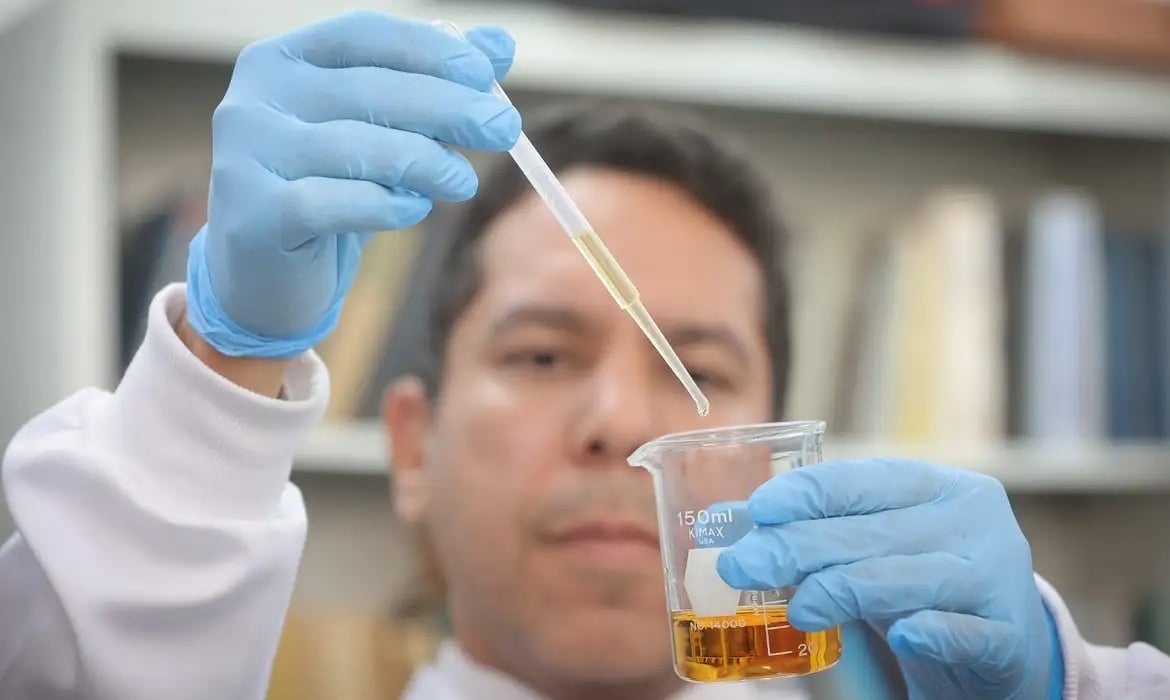“DNA was 20 years younger,” says scientist about the oldest woman in the world

Catalan Maria Branyas, who died in 2024 at the age of 117, was the oldest person in the world ever recorded. One of her last requests to her medical team was that they study her. And so they did. Her so-called "superlongevity" sparked the interest of researchers to understand whether her DNA contained biological details that could help unravel the mechanisms of human aging.
The findings were published in the journal Cell Reports Medicine in September. "In our study, we found that the supercentenarian had an overall biological age that was up to 20 years younger than her chronological age," Eloy Santos, from the Josep Carreras Leukemia Research Institute and leader of the study that analyzed Branyas's DNA, told Agência Einstein .
Another point that caught the researchers' attention was the woman's gut microbiota, which was rich in bifidobacteria. According to Eloy Santos, these microorganisms maintain low levels of inflammation and prevent the growth of harmful bacterial populations in the intestine. The authors suspect this benefit may be linked to Maria Branyas' habit of eating yogurt, a fermented food known to benefit the gut.
During her life, the Catalan woman was a housewife, nurse, and seamstress. She was born in 1907 and lived alone until she was 94, when she began having difficulty walking and was placed in a nursing home. Until she was 112, she still played the piano perfectly. Maria Branyas had three children, two of whom are still alive, one aged 92 and the other 94. The family's longevity was yet another clue to researchers that the elderly woman had won the genetic lottery—and part of this can be seen in her DNA.
By analyzing the cells in the laboratory, the team saw that Maria's genome contained both signs of extreme aging (such as the poor condition of her telomeres, a kind of protective cap on chromosomes) and signs of the health of a much younger person (such as an active and efficient immune system).
For Eloy Santos, Maria's DNA combined beneficial genetic variants unique to the European population, giving her protection against diseases associated with aging, such as neurodegenerative, cardiovascular, metabolic, and autoimmune diseases.
How is biological age measured?
Biological age is estimated at the molecular level by comparing expected cellular wear and tear according to reference tables. When biological age is lower than chronological age, it indicates that the body has experienced reduced aging. Geriatrician Daniela Lima de Souza Galati of Einstein Hospital Israelita explains that slower aging can be the result of two factors: an individual's DNA and their lifestyle.
"There isn't a single gene that causes us to age or slows it down. There's a set of DNA processes that are impacted, and as a result, a person may have a greater or lesser propensity for a longer life. But genes alone don't do the job. We depend on epigenetics, which is how much a gene will express itself depending on our lifestyle," explains Galati.
Several factors influence the activation of aging genes, from poor diet quality to smoking. On the other hand, maintaining a healthy lifestyle not only prevents the onset of risks but can also facilitate the expression of good genes. "As a geriatrician, my main advice is for people to strive to live and age well. Of course, no one will have a controlled diet all the time or live stress-free, but seeking balance, focusing on having more useful years of life in the future, is essential," advises the doctor.
Limits and possibilities of discovery
Geriatrics has increasingly focused on the idea of a healthy lifespan ( healthspan ) as a reference, rather than a total lifespan . The idea is to encourage people, from a young age, to engage in physical activity and reduce their body's exposure to toxins, such as alcohol, to enjoy life longer and healthier. "That wasn't the case with the patient, but if she had lived 117 years, more than 20 of which were spent bedridden and suffering from dementia, we wouldn't be as enthusiastic about understanding her aging as we are now," notes the Einstein physician.
It's worth noting, however, that Maria Branyas's case study isn't valid for the general population—particularly because it's based on the health of a single person. Still, for Eloy Santos, the findings raise hypotheses about new biomarkers of aging, but these must be validated in larger populations. "We hope that one day we'll be able to use what we learned in this study to predict a person's protection against a disease or their predisposition to prolonged longevity, but this will depend on a prolonged study of each identified genome," he comments.
Source: Einstein Agency
The post “DNA was 20 years younger,” says scientist about the oldest woman in the world appeared first on Agência Einstein .
IstoÉ



